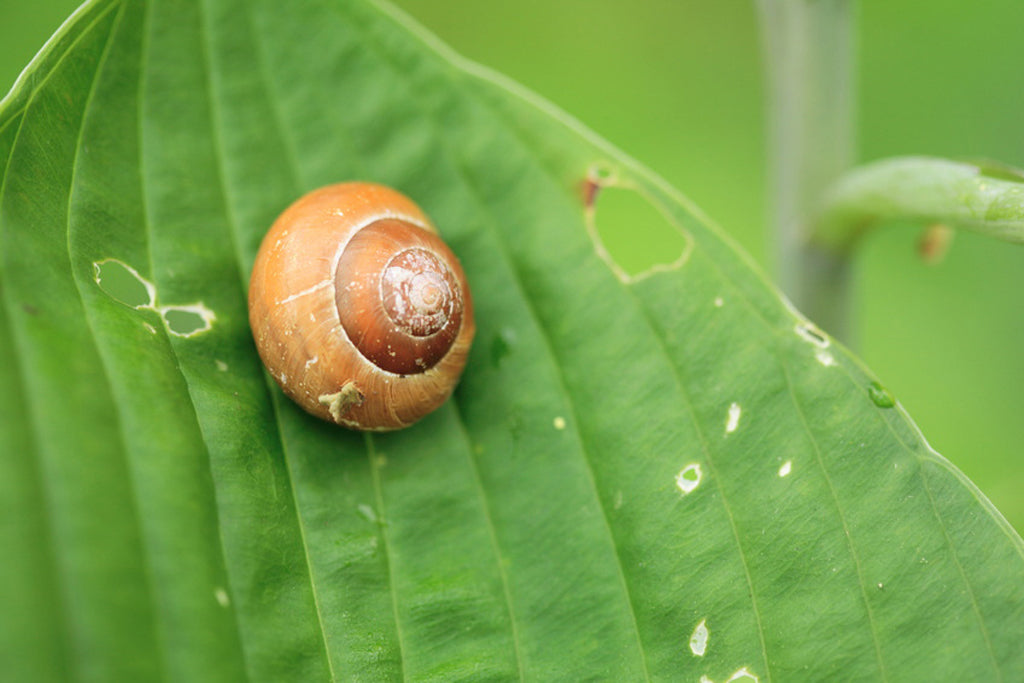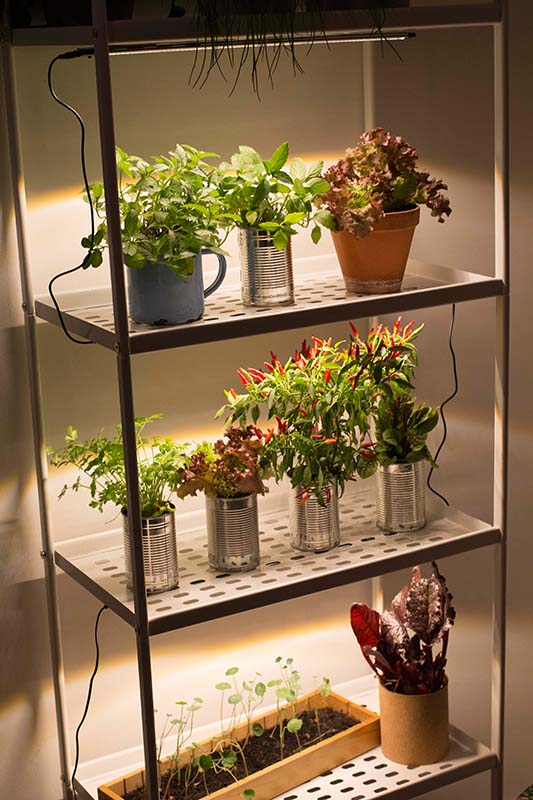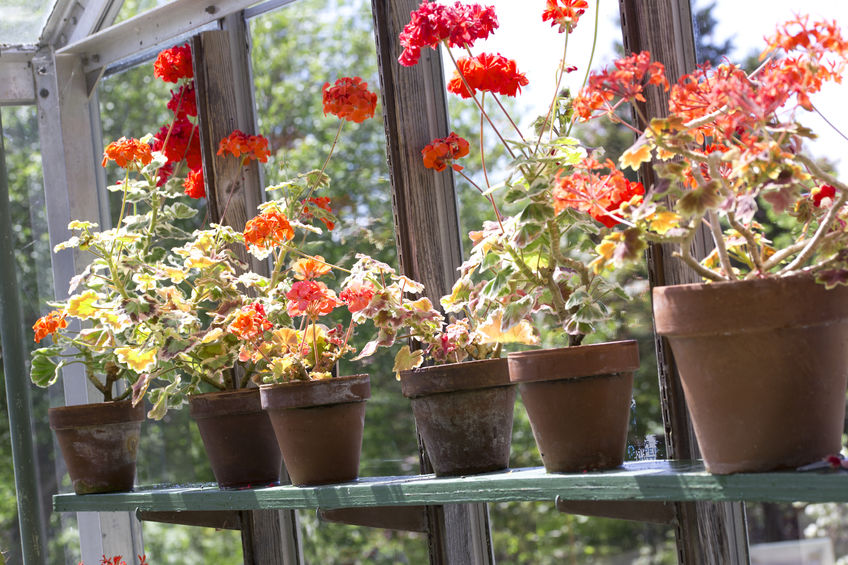
Overwintering geraniums
Most geranium plants are discarded after just one season. However, if the plants are well cared for, they can easily rebloom for several years, even blooming more luxuriantly and for longer each year.
Continue reading
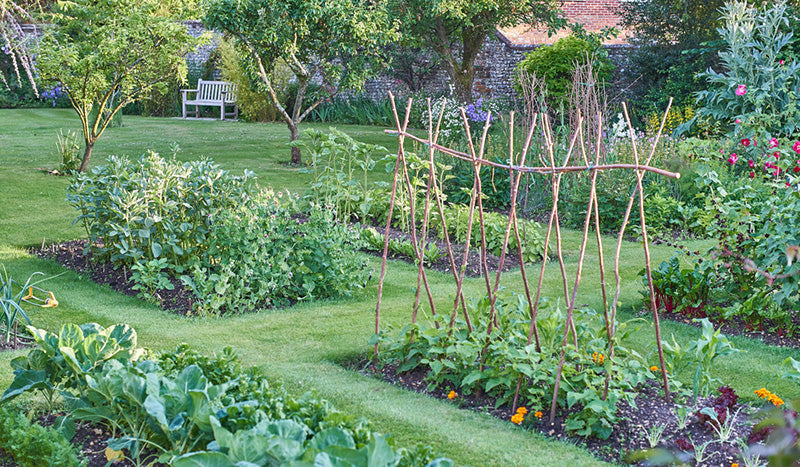
Better gardening with permaculture – living sustainably in harmony with nature
Permaculture is more than a gardening trend—it's a holistic lifestyle concept that combines ecological, social, and economic aspects. Whether in a small urban garden or in the countryside, those who cultivate in harmony with nature create healthy, resilient ecosystems, conserve resources, and pr...
Continue reading
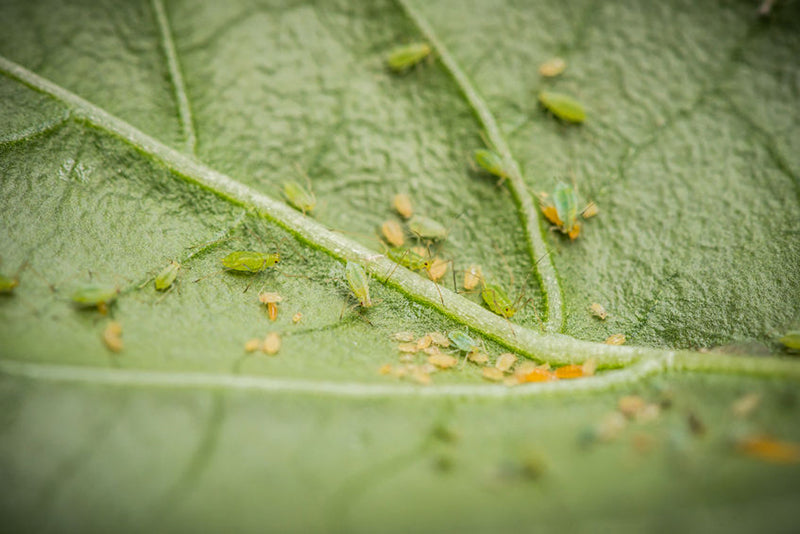
Pests on houseplants
Here you will find the most important pests of houseplants and the best ways to combat them.
Continue reading
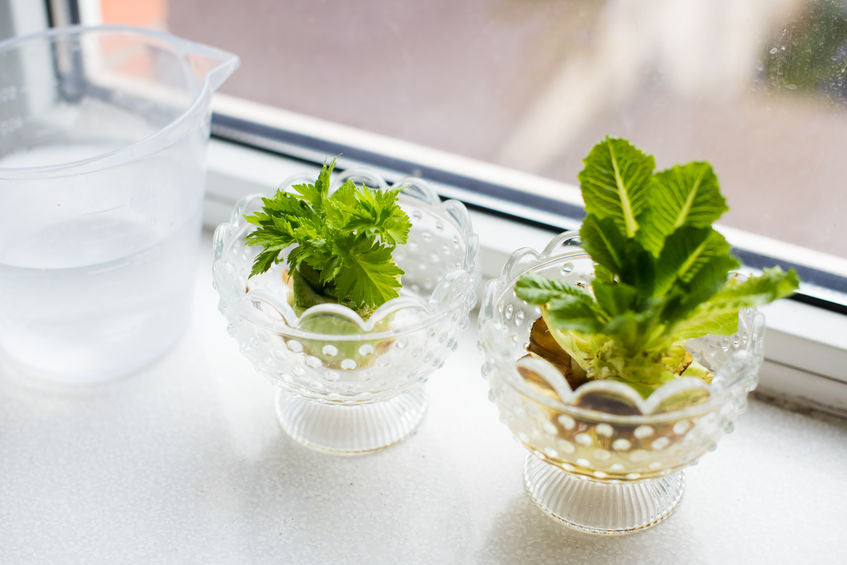
Regrow your romaine lettuce
What many people don't realize: lettuce stalks are more than just kitchen waste! Once used, they can be regrown again and again. And what do you need? Nothing more than light, warmth, water, and a little care. And this works not only for lettuce, but also for many other vegetables.
Continue reading
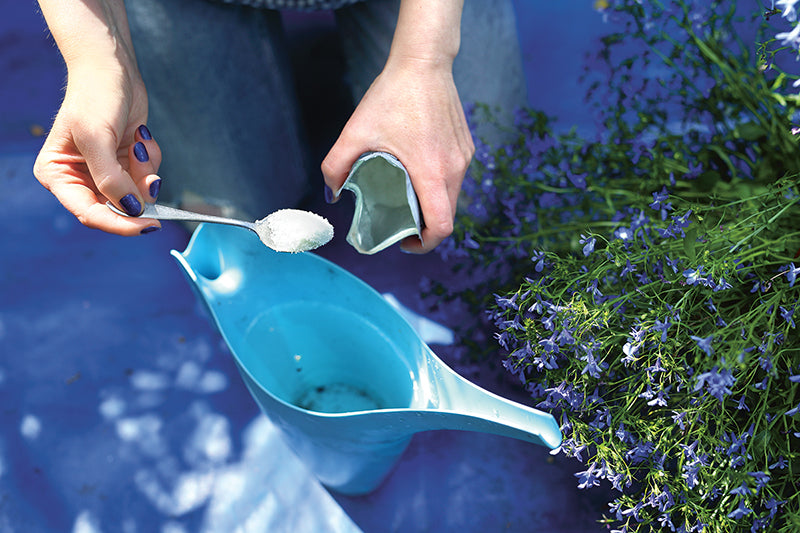
Care tips for houseplants
Care depends very much on the plant. Unfortunately, there are no rules for watering, as many factors play a role. The best way to tell if a plant is thirsty is to observe it. All potted plants need fertilizer. Pruning is less important than in the garden.
Continue reading
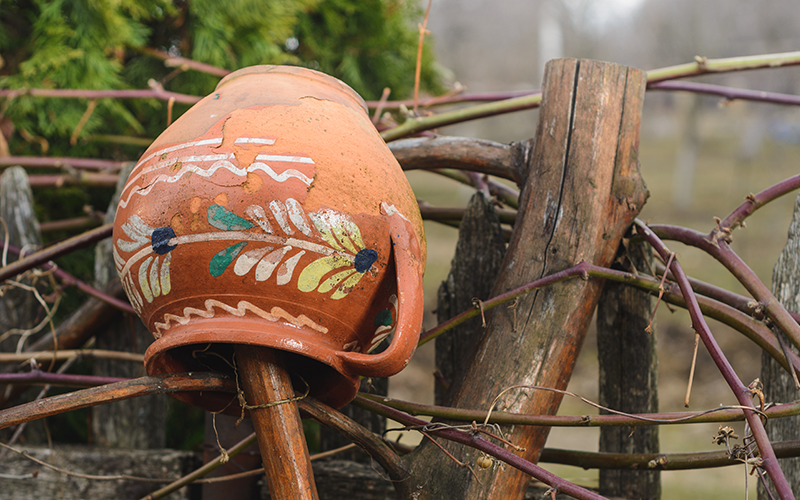
Introducing beneficial insects – the earwig pot
Natural gardening creates species-rich habitats. We'll start in your own garden and show you how to introduce these beneficial earwigs into your garden.
Continue reading
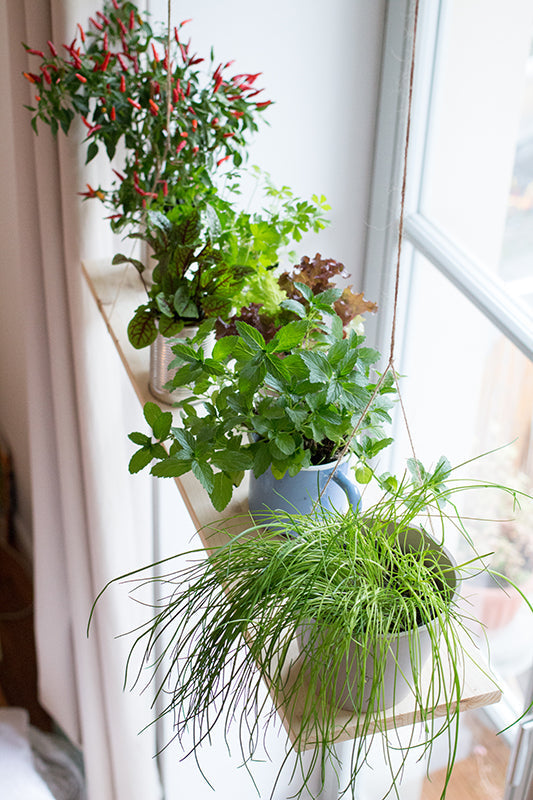
Make your own floating window sill – DIY hanging shelf made of wood and jute string
With this simple DIY, you can conjure up a stylish, floating windowsill in no time – perfect as a plant shelf, bookshelf, or decorative highlight. All you need is a wooden board, some jute twine, and a few simple steps. Whether attached to the curtain rod or with traditional ceiling hooks: This ...
Continue reading
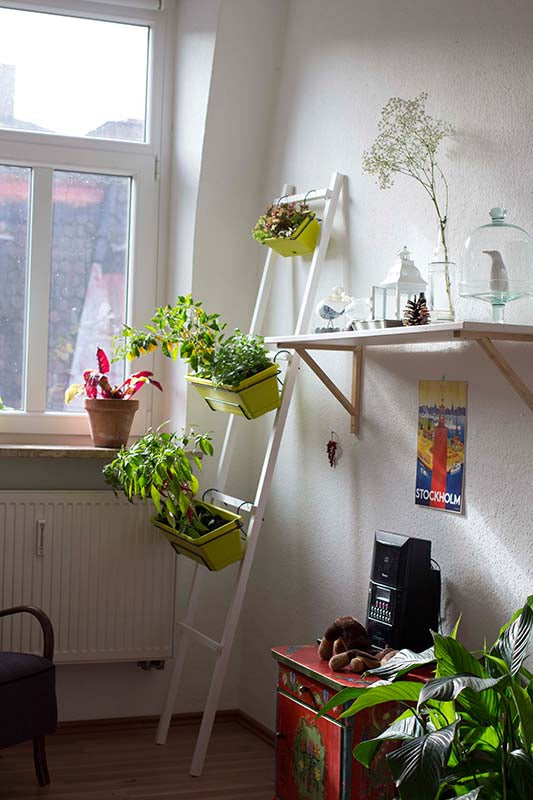
Plant ladder
Plants bring life to any room – and with this green plant ladder, they do so in a particularly stylish way. Whether by the window, in the kitchen, or in the living room: the slanted ladder becomes a charming showcase for herbs, houseplants, or flowering highlights. Taking up minimal space and ma...
Continue reading
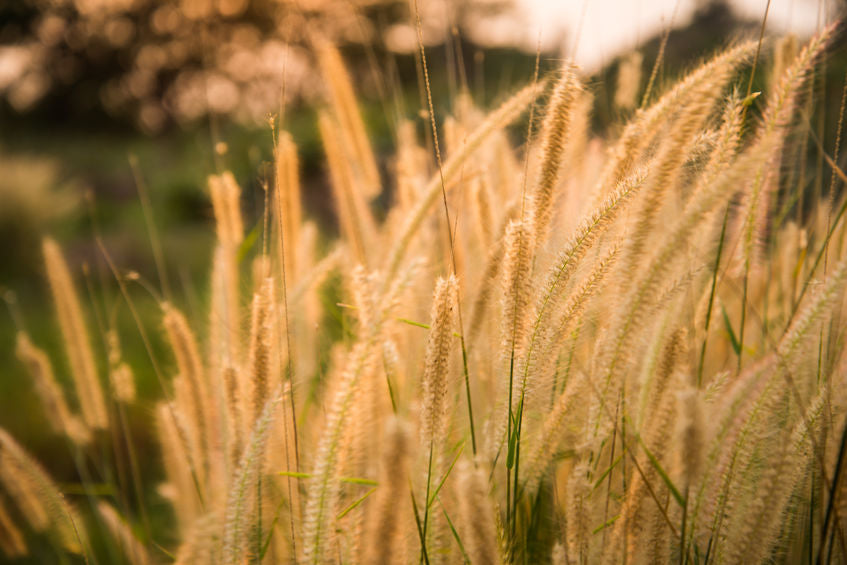
Cutting ornamental grasses
The structure of tall, distinctive ornamental grasses is a delight all winter long, as snow caps and hoarfrost decorate the stalks and flower heads, creating a winter wonderland. But now it's time for spring cleaning!
Continue reading
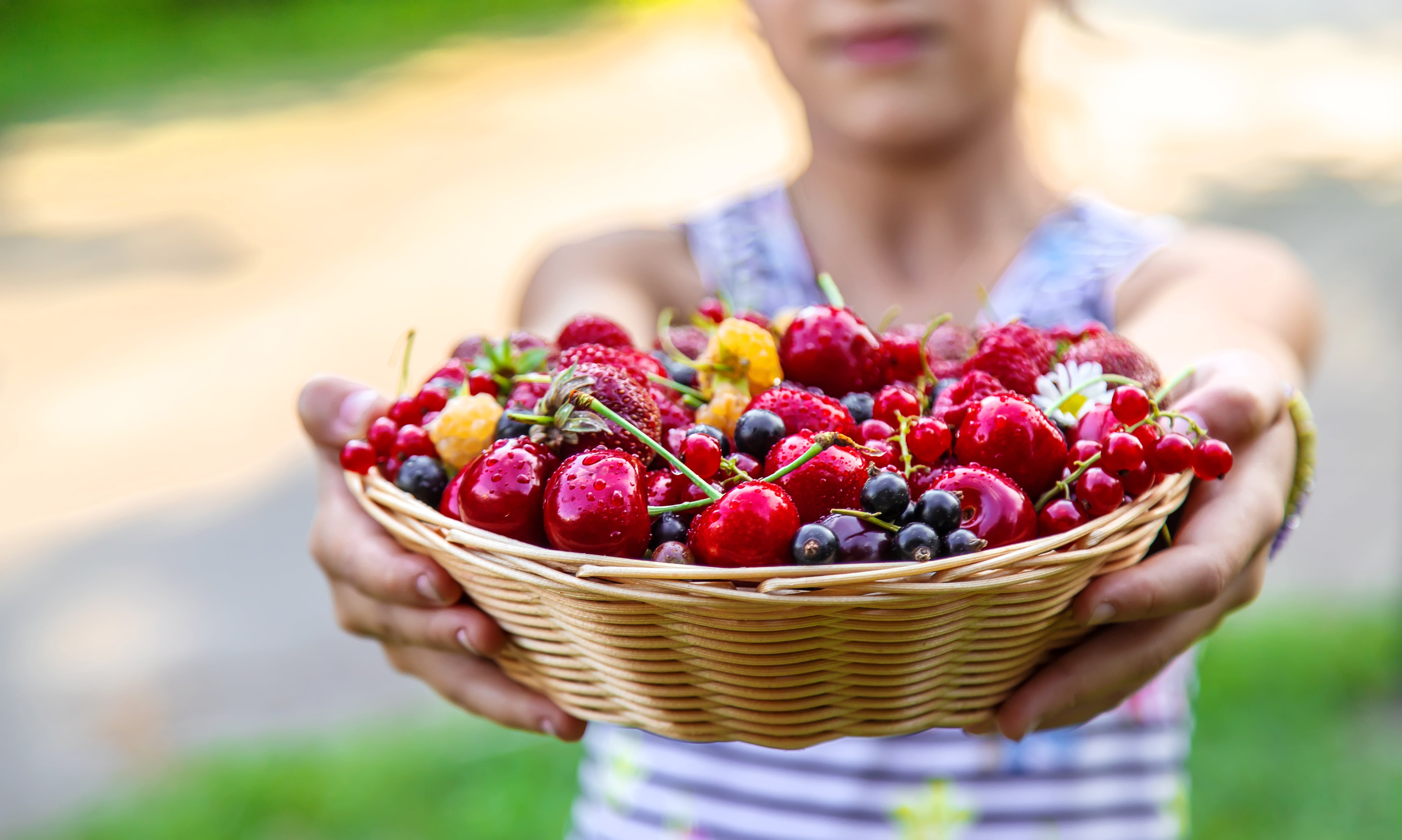
Time for the berry harvest
We're in the midst of the most beautiful harvest time of the year. In midsummer, the selection of berries is particularly large. First come strawberries, followed by currants and gooseberries, raspberries, and blackberries. Blueberries can also be picked in between. And how do you know they're ri...
Continue reading
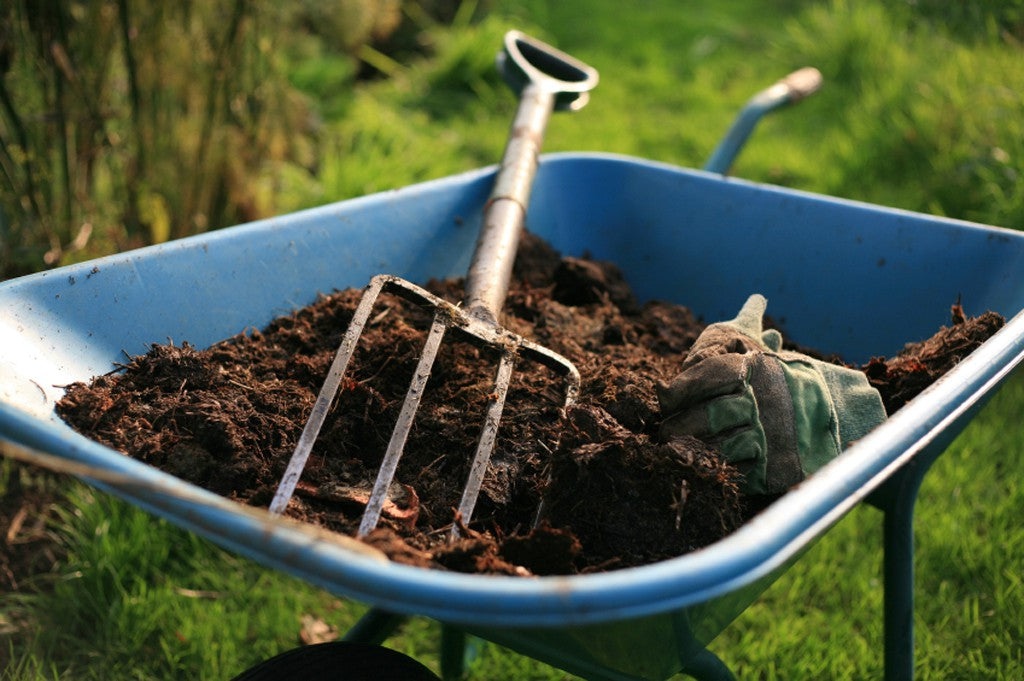
Tips for bedding success
Nothing comes from nothing! This also applies to your favorite perennials in the perennial bed. A good start begins with the purchase of plants. Make sure you buy quality! And without a certain amount of care and attention, it won't work. In return, the plants will reward your efforts with health...
Continue reading
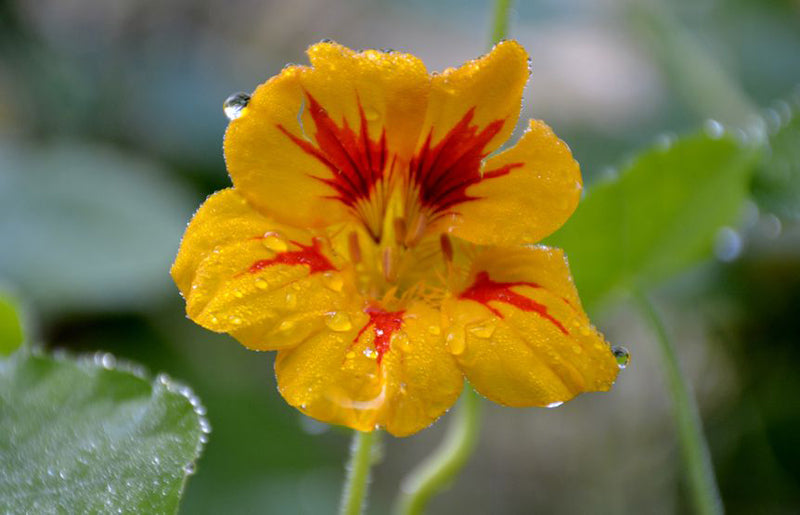
Quickly sow nasturtiums
Nasturtium (Tropaeolum majus) not only blooms beautifully in orange, white, yellow or various shades of red – the flowers, leaves and still green seed capsules are a delicious delicacy.
Continue reading
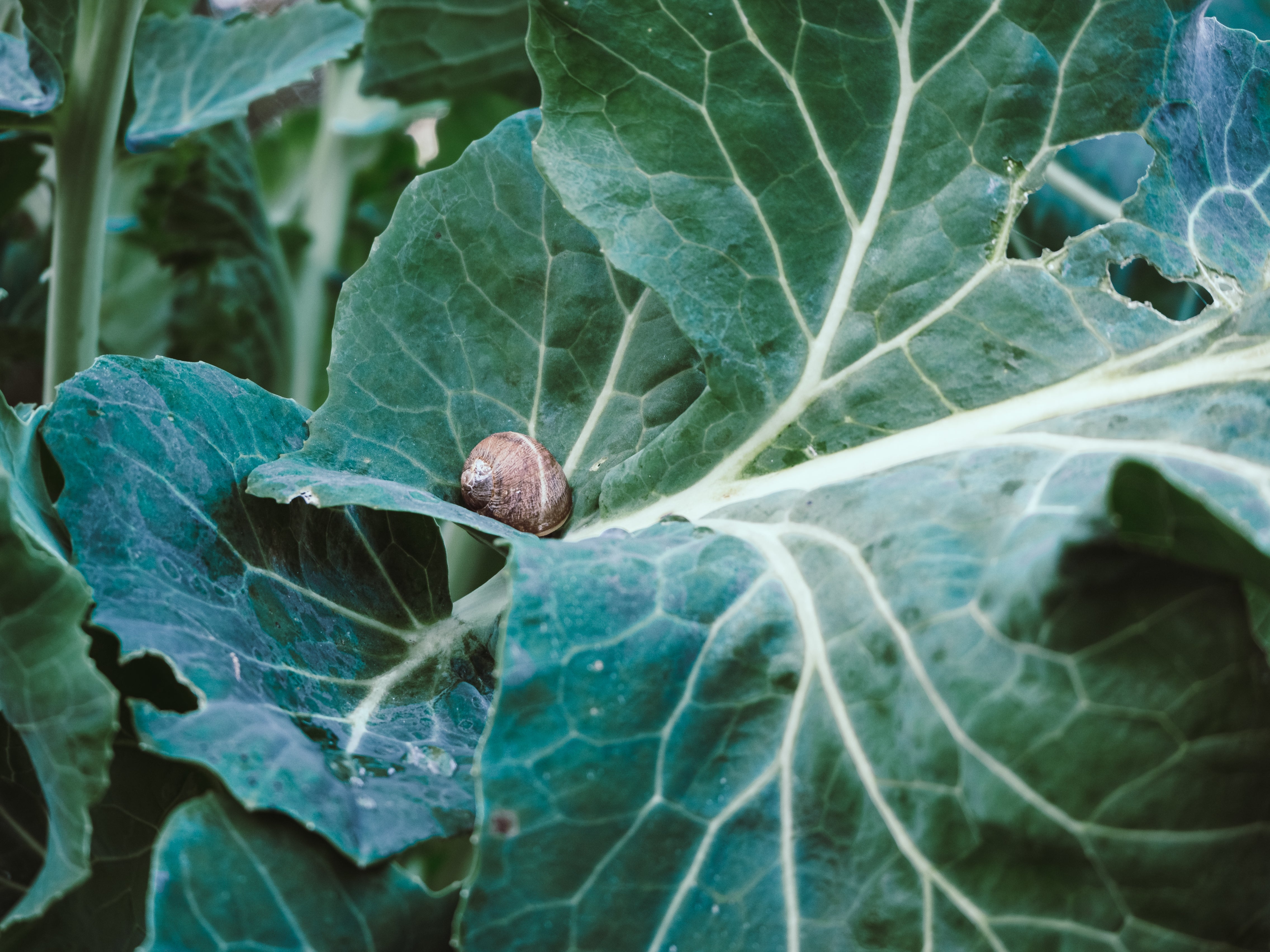
Snail scarer!
With the right plant selection, you can prevent slugs from causing major damage in your garden. These plants will spoil their appetite!
Continue reading
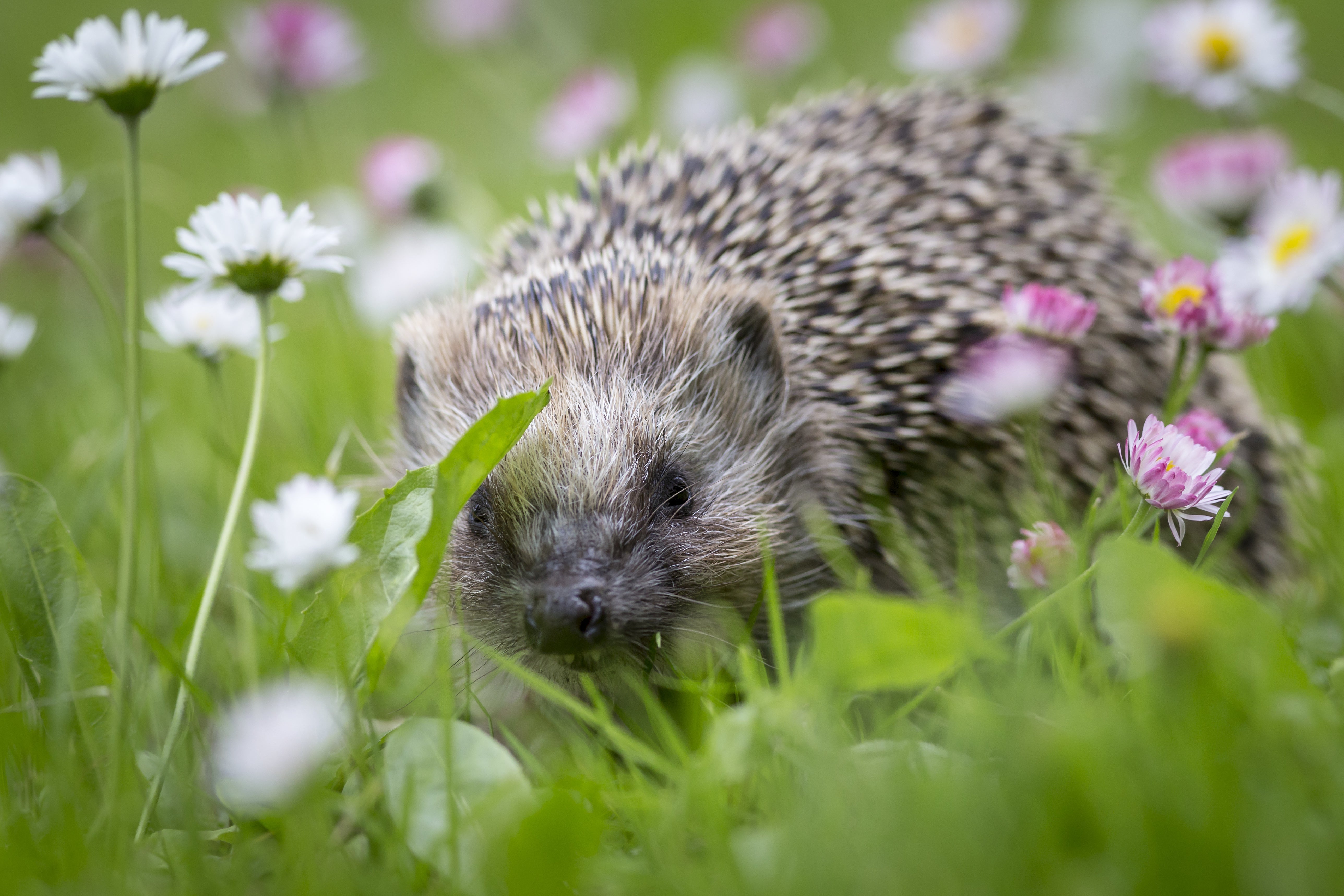
Organic gardening
Organically cultivating a garden takes time and patience. Once the ecological balance in the biotope is achieved, it fills every gardener with pride.
Continue reading
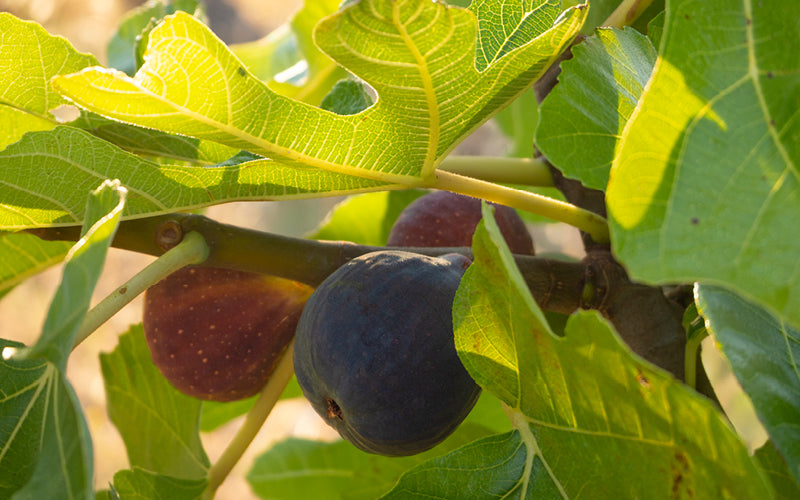
We plant a fig tree!
The fig is a wonderful fruit that can be used to create all sorts of dishes. As the climate becomes milder, fig trees can now be planted in our gardens in a sheltered location. They are relatively easy to care for, and in a hot summer, you can expect a bountiful harvest. Read everything you need ...
Continue reading
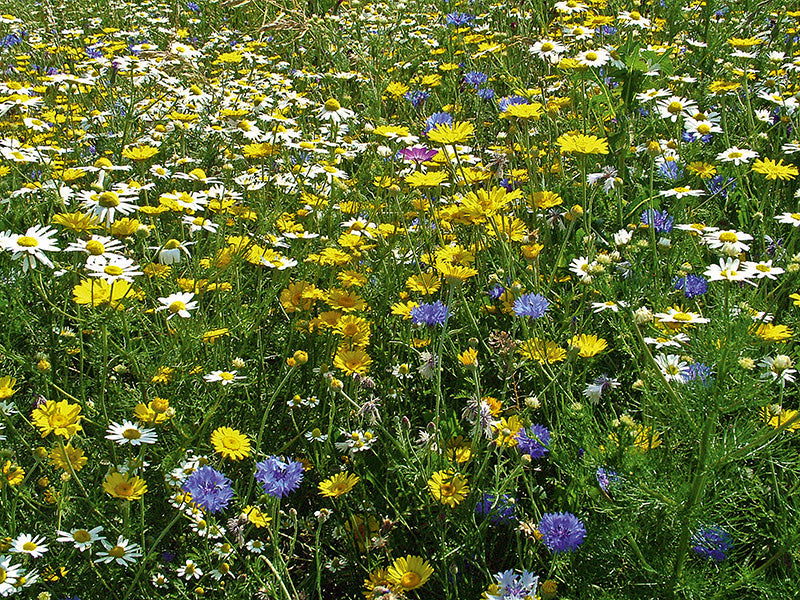
Wildlumenwiese – Lawns can be different
Hard-wearing grassy areas for children to play on are a must-have in almost every garden. But this green carpet doesn't have to be a monotonous steppe: From daisies to herb lawns and wildflower islands to true wildflower meadows, there are natural design options for every taste that will bring a ...
Continue reading
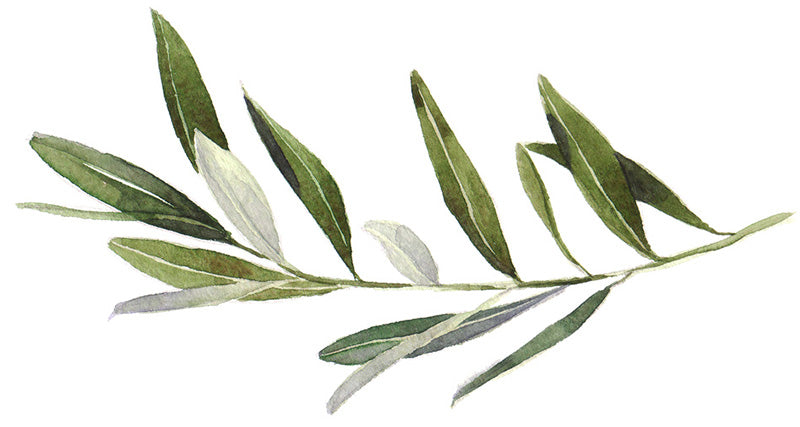
Overfed or underfed?
Look at the leaves from above and below. Check the color. Is the plant growing as expected? Does it appear healthy? A plant's appearance, general condition, and mood all say a lot about its health. How are Aunt Petunia and Uncle Kohlrabi doing?
Continue reading
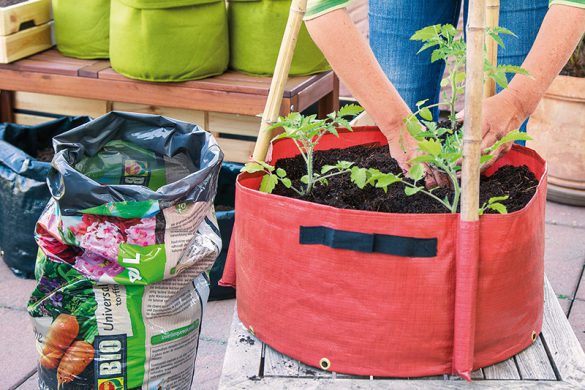
Tomatoes and peppers in plant bags
Whether on the terrace, balcony, or in the garden, these practical planting bags make it easy to grow wonderful vegetables both in the country and in the city. However, there are a few small things to keep in mind.
Continue reading

Pre-growing onion sets
Self-sufficiency is all the rage. But what's the best way to get started? We'll show you how to easily start growing onion sets in the spring.
Continue reading
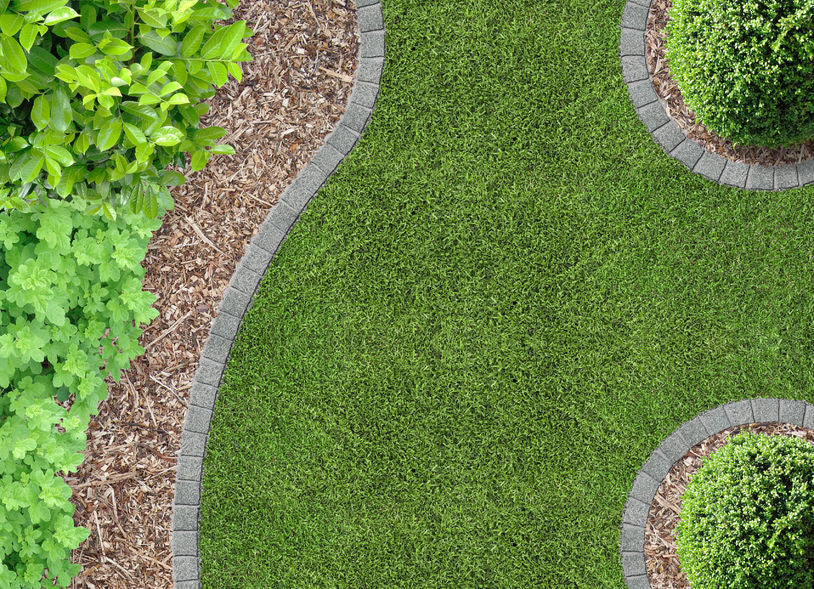
After planting, mulch
Mulch does the trick – Seasoned bark mulch keeps the topsoil moist and prevents weeds from sprouting. Spread the layer a few centimeters thick on the soil to ensure its effect lasts longer than just one season.
Continue reading
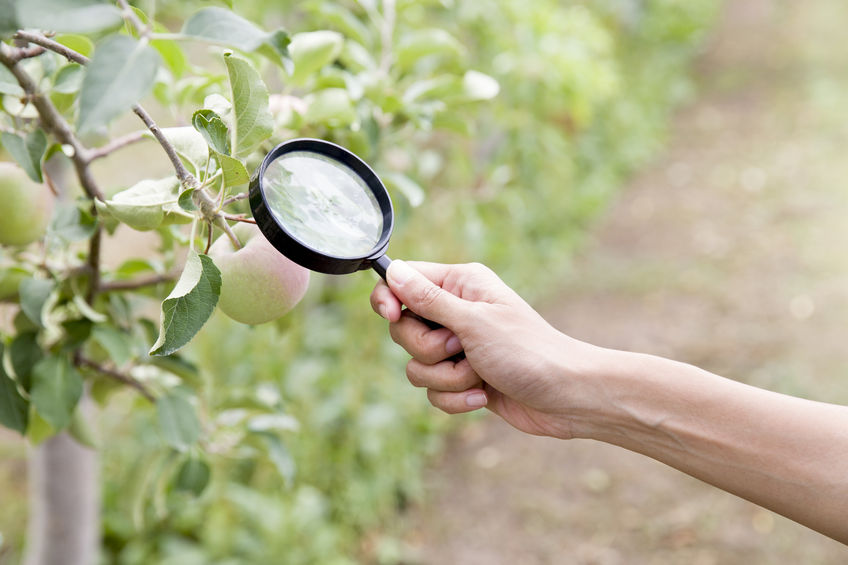
Sick plant? – What now?
Sick plants are a sign that something is wrong. It could be that the plant is too weak or has been overfertilized. The plant may be too densely planted, resulting in poor ventilation, or the plant may be in a drafty location. Disease can also spread from neighbors, through weeds, or through infec...
Continue reading
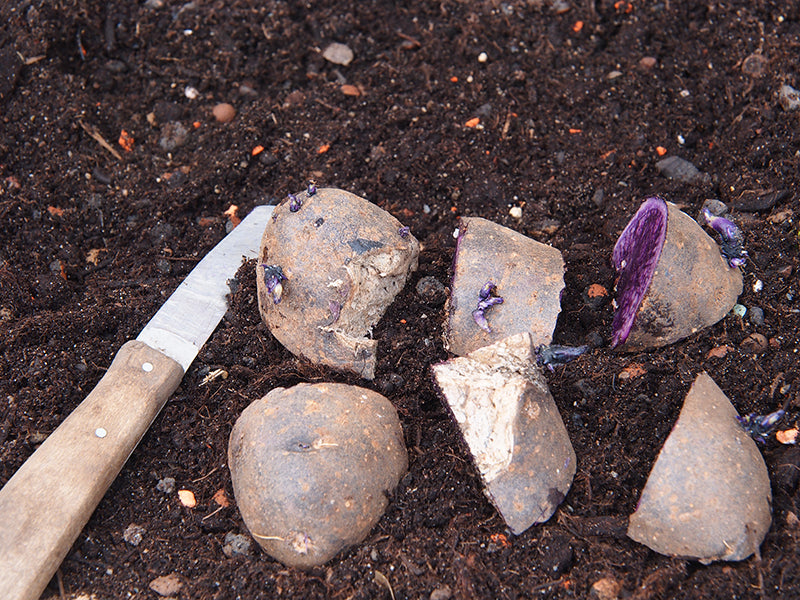
Propagating potatoes by dividing
To grow, the potato needs only a piece of tuber and a sprout. In difficult times, thick potato slices have even been planted.
Continue reading
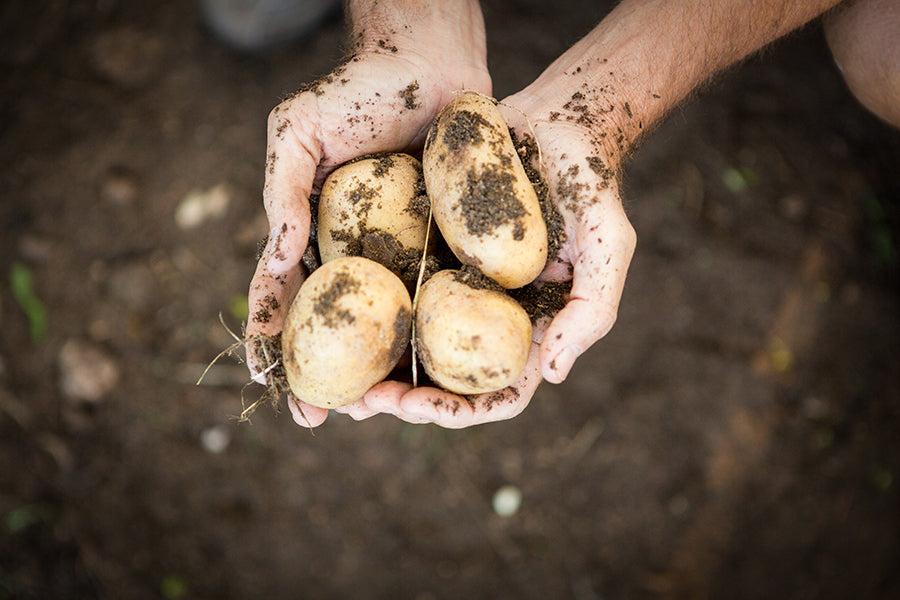
Potato cultivation for beginners
Homegrown potatoes from your garden are a real treat! Growing them isn't difficult at all and can be easily done on the balcony in boxes or weatherproof planting bags.
Continue reading
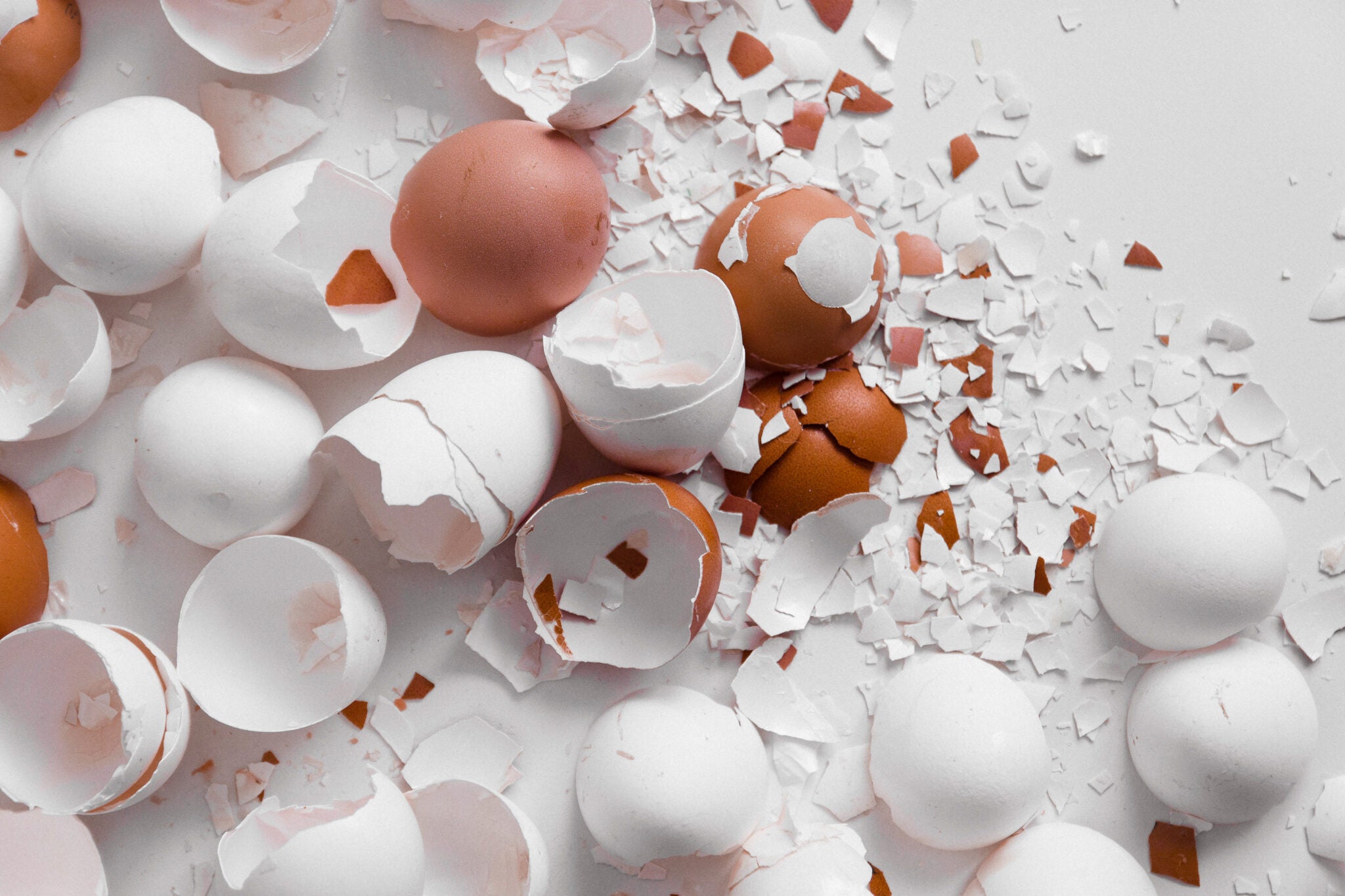
DIY liquid fertilizer from eggshells
Instead of throwing away eggshells, make a liquid fertilizer concentrate with an extremely high calcium content. Eggshells contain calcium, which is easily extracted with vinegar. The resulting water-soluble fertilizer is a boost for plants. We'll show you how!
Continue reading
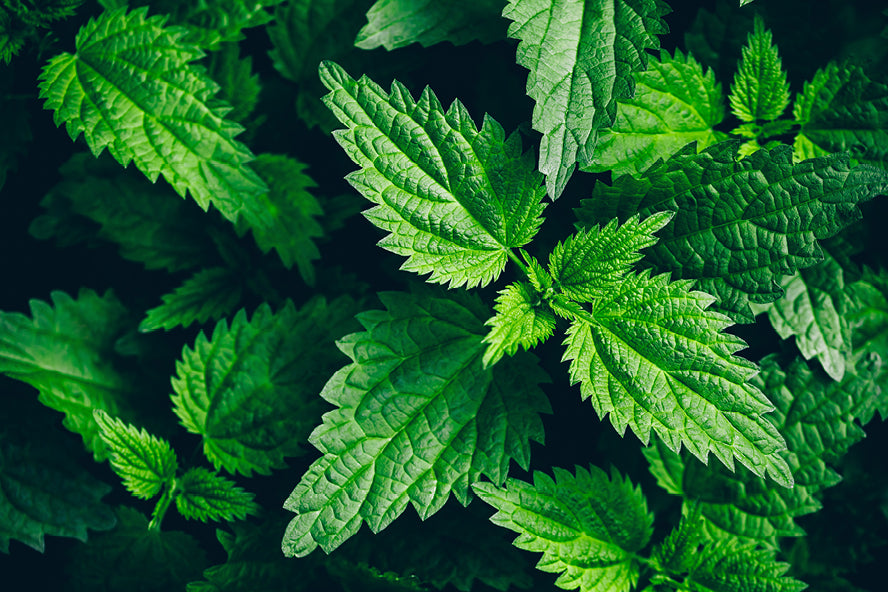
DIY liquid fertilizer from nettles
Homemade liquid fertilizer saves money and releases the valuable nutrients from nettles and comfrey. We'll show you how!
Continue reading
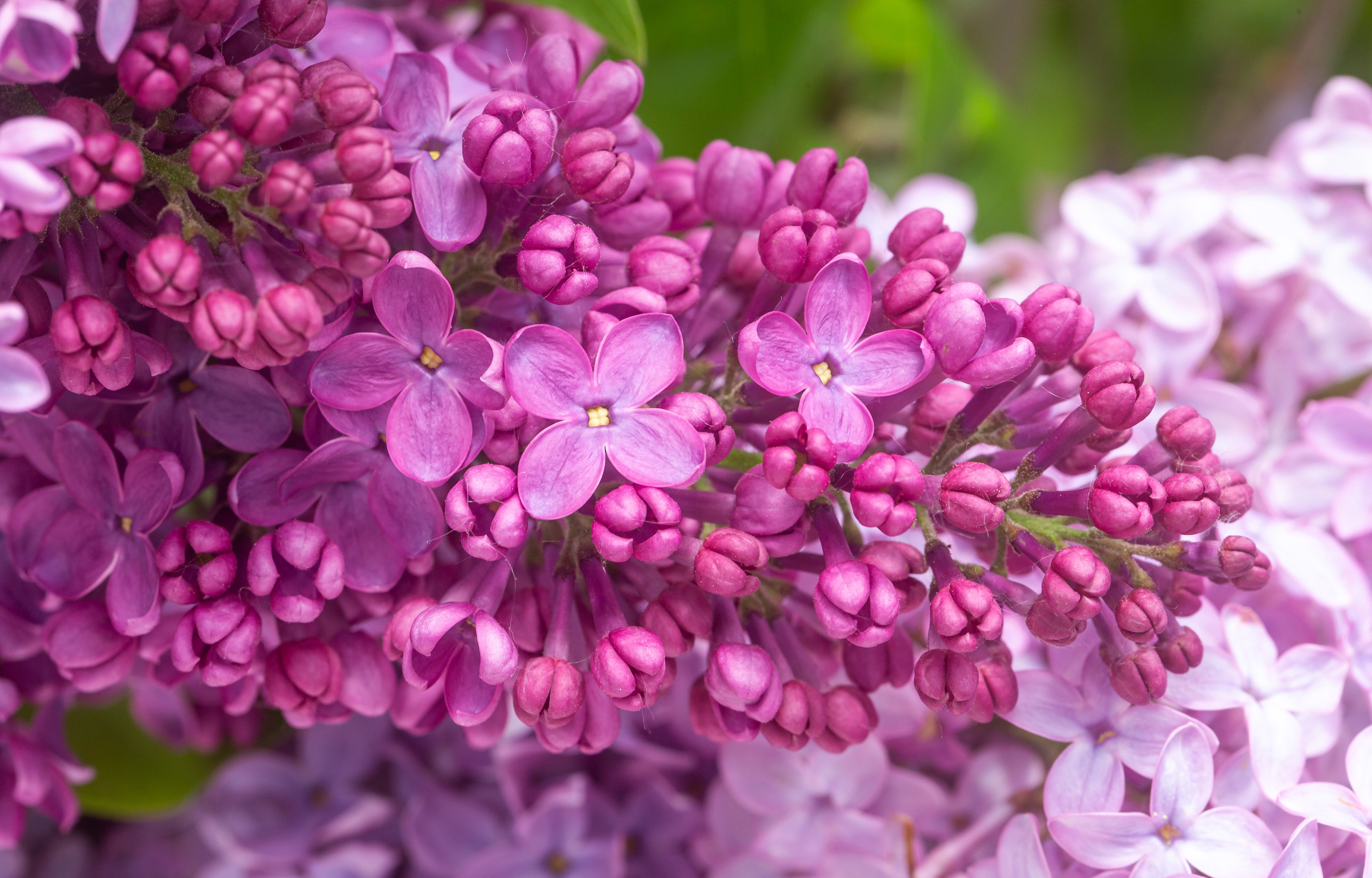
Spring is here for cutting!
Pruning is one of the most important tasks in the garden year after year: A good cut promotes the flowering of shrubs, the vitality of the plants and brings overgrown hedges and shrubs back into shape.
Continue reading
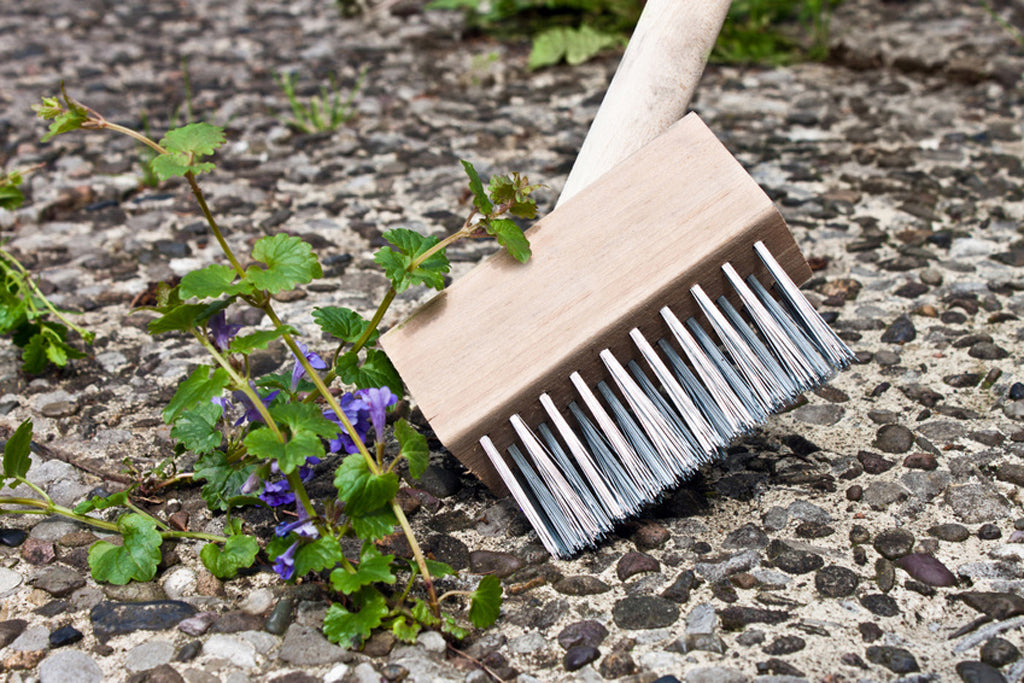
Scratch instead of spray
Using a joint brush and joint scraper, you can easily and environmentally friendly remove even stubborn weeds and moss from joints, even without the use of pesticides. Furthermore, spraying herbicides on surfaces, paths, and squares is prohibited! To ensure your back is also happy with this metho...
Continue reading
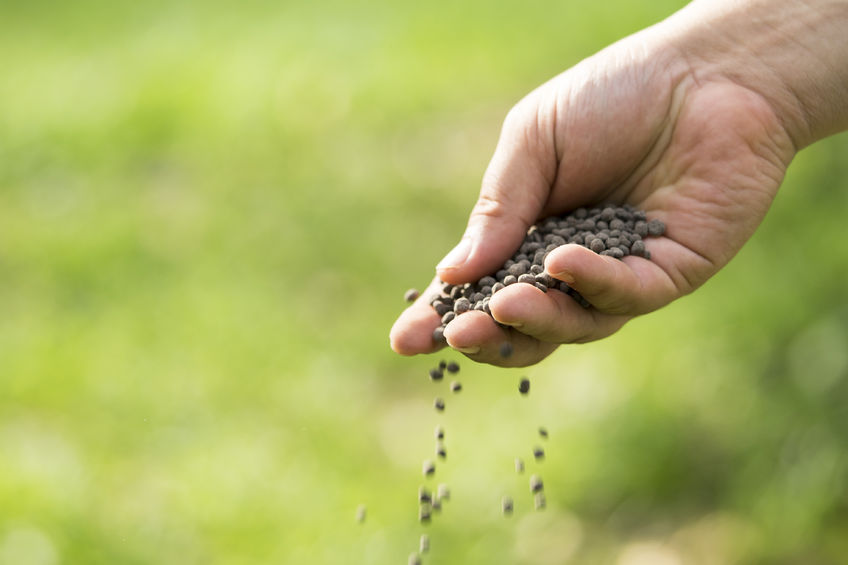
Fertilize correctly – but how?
It's well known that proper fertilization is important for optimal plant growth. But which fertilizer should be used for which plants, and, above all, how much, and should it be mineral or organic?
Continue reading
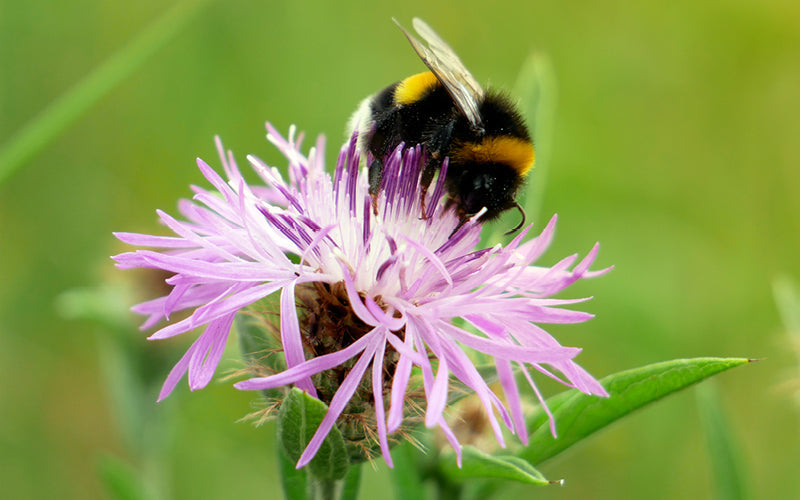
A mini wildflower meadow for the balcony
A species-rich wildflower seed mix transforms your balcony box into a colorful mini wildflower meadow that magnetically attracts bees, butterflies, beetles, and other insects. Read how it's done here!
Continue reading
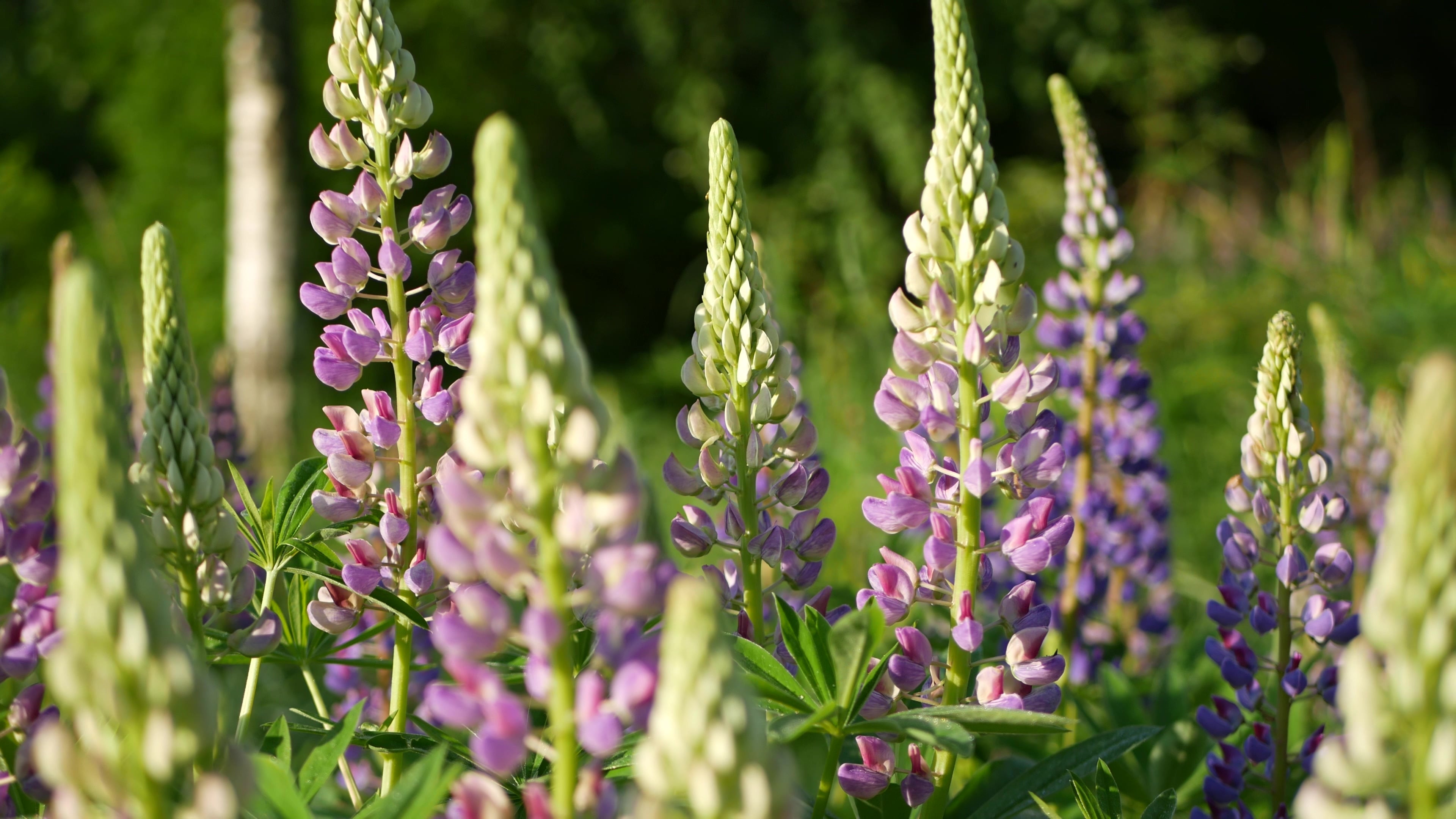
Planting perennials
Transplanting or creating new perennial beds is stressful for the plants. Therefore, timing is extremely important for perennials. If you relocate or plant your perennials during their active or growth phase, for example, you risk significant disruption. In the worst case, the plant may not recov...
Continue reading
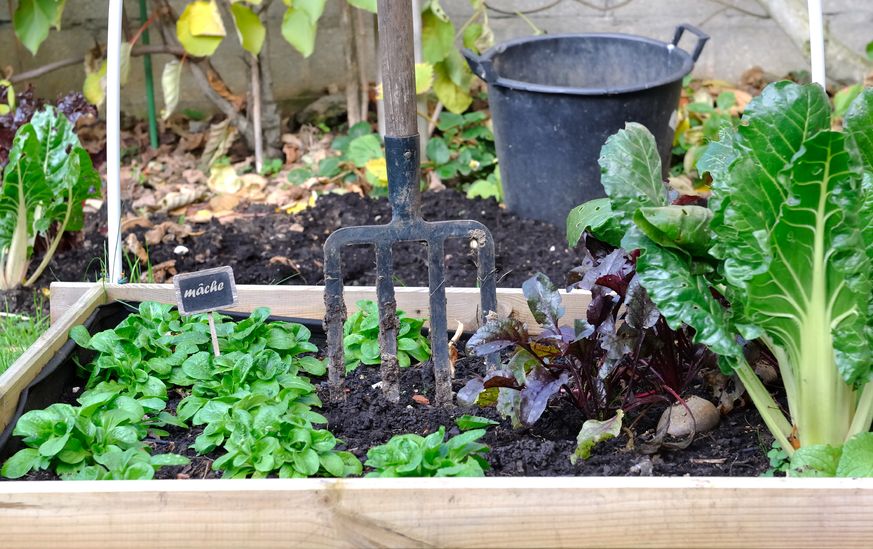
Gardening in a square – rich harvest in the smallest space
Many people dream of having their own vegetable garden, but not everyone has a lot of space. With "square gardening," you can divide a bed into small squares (instead of traditional rows) and use mixed crops to achieve a large and varied harvest in a small area. And, incidentally, raised beds are...
Continue reading
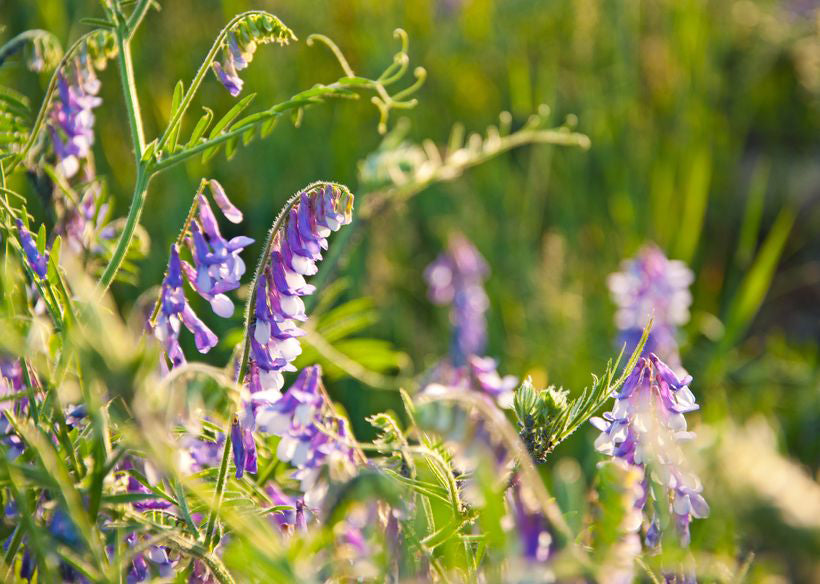
Green manure – revives tired beds
In the vegetable and summer flower garden, the bare earth is starting to show through more and more. The peas have long been harvested, the onions are drying in the sun, braided in braids, and the last of the bush beans are being used in a hearty stew. But don't worry, the beds will quickly turn ...
Continue reading
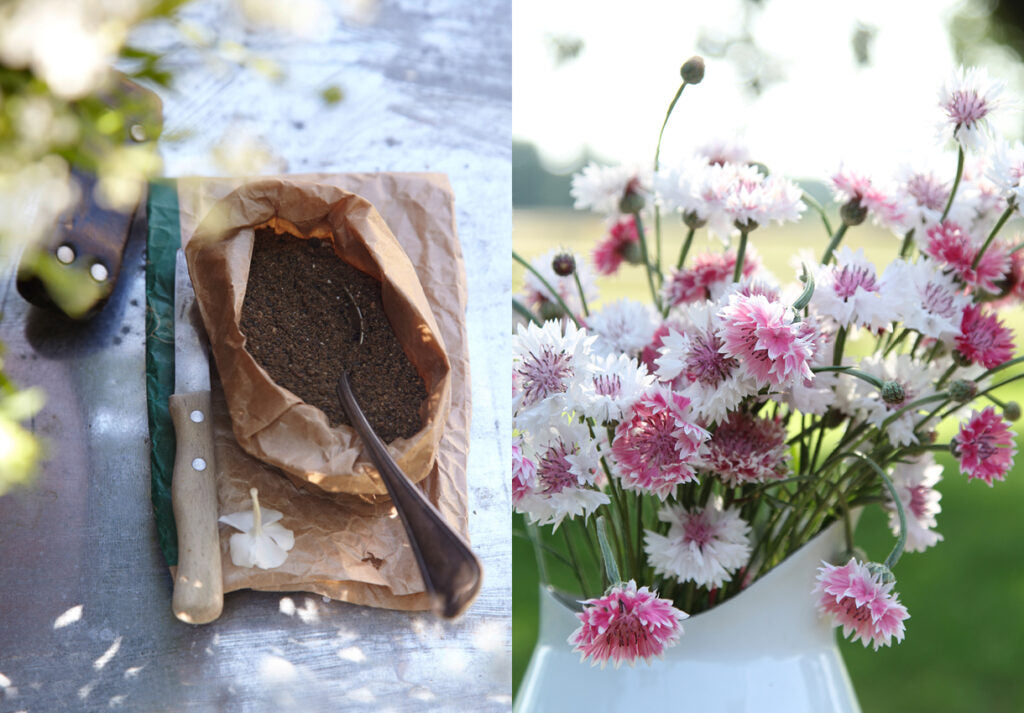
This is how the cut flower garden works
What could be more beautiful than cutting a fresh bouquet of flowers in your own garden? To encourage you to keep cutting flowers, it's a good idea to create a small cut flower garden or a bed just for cut flowers. Urban gardeners can also fill a bed or one or more planters with annuals.
Continue reading
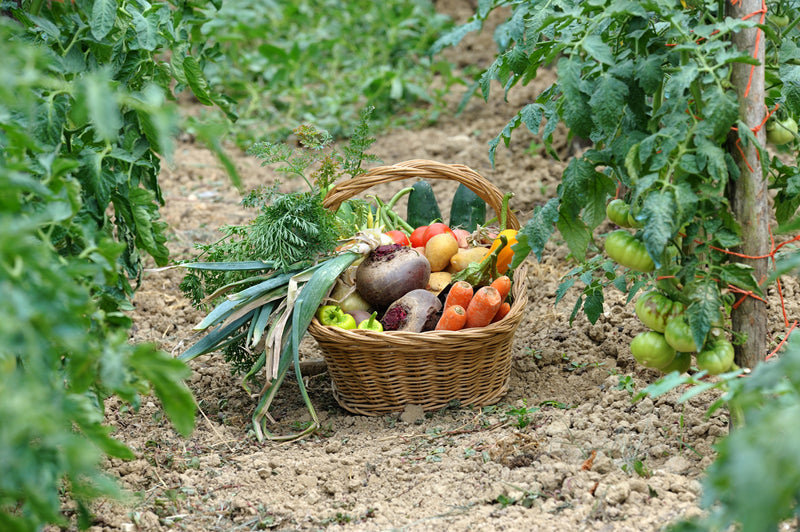
Mixed culture – to good neighbors
What makes a good neighbor? A peaceful coexistence without conflict. When things go really well, neighbors even benefit from each other, for example through help or even consideration – of course, this also applies to the vegetable patch! With the right neighbors, plants thrive twice as well. The...
Continue reading

